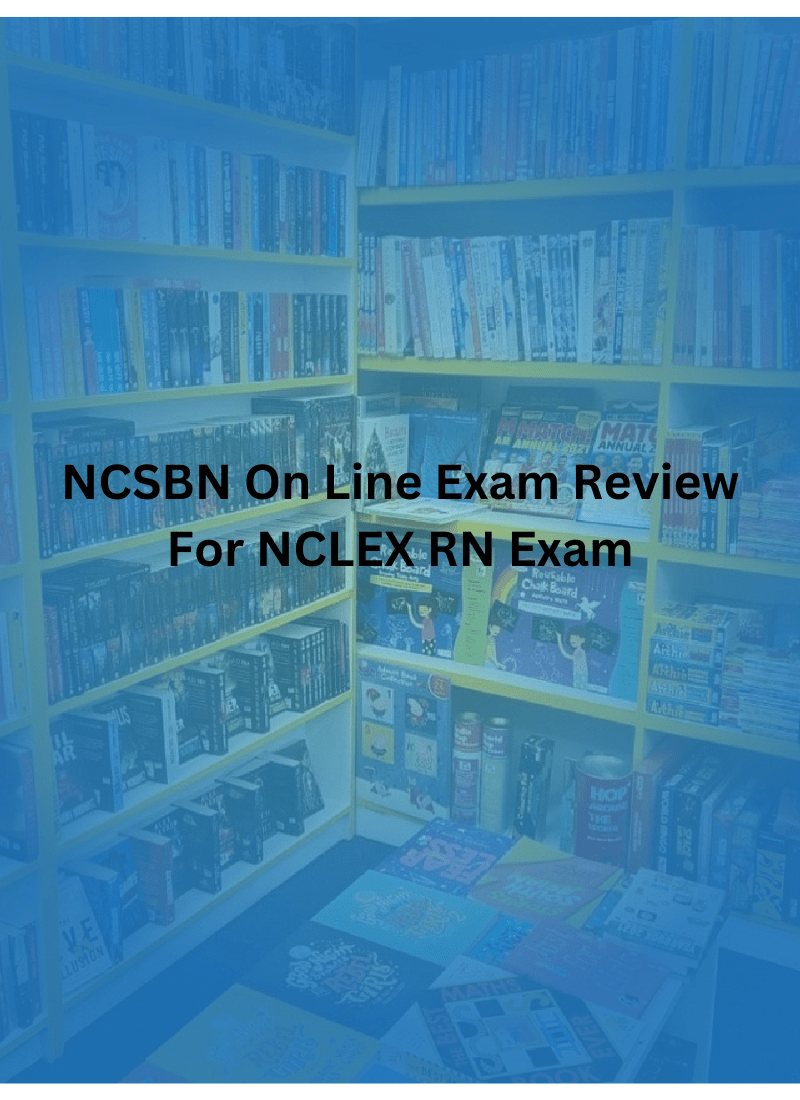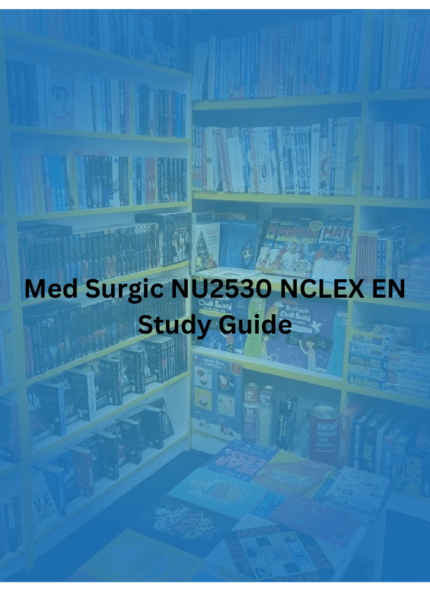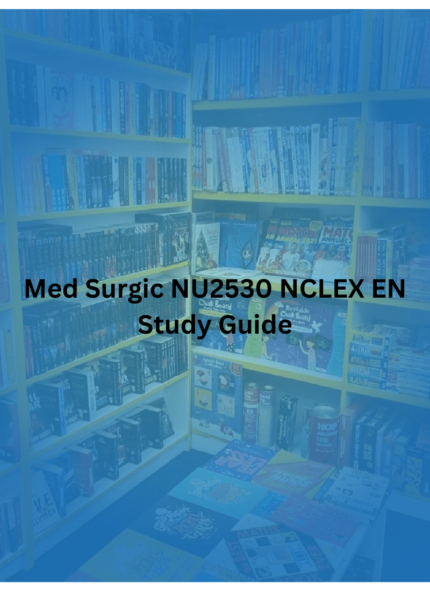NCSBN ON-LINE EXAM REVIEW FOR NCLEX RN EXAM
NCSBN ON-LINE REVIEW NCLEX EXAM
1. A client has been hospitalized after an automobile accident. A full-leg cast was applied in the emergency room. The most important reason for the nurse to elevate the casted leg is to
- A) Promote the client’s comfort
- B) Reduce the drying time
- C) Decrease irritation to the skin D) Improve venous return
D: Improve venous return. Elevating the leg both improves venous return and reduces swelling. Client comfort will be improved as well.
2. The nurse is reviewing with a client how to collect a clean catch urine specimen. What is the appropriate sequence to teach the client?
- A) Clean the meatus, begin voiding, then catch the urine stream
- B) Void a little, clean the meatus, then collect a specimen
- C) Clean the meatus, then urinate into a container
- D) Void continuously and catch some of the urine
A: Clean the meatus, begin voiding, then catch the urine stream. Clean catch urine is difficult to obtain and requires clear directions. Instructing the client to carefully clean the meatus, then void naturally with a steady stream prevents surface bacteria from contaminating the urine specimen. As starting and stopping flow can be difficult, once the client begins voiding it’s best to just slip the container into the stream. Other responses do not reflect the correct technique
3. Following a change-of-shift report on an orthopedic unit, which client should the nurse see first?
- A) 16-year-old who had an open reduction of a fractured wrist 10 hours ago
- B) 20-year-old in skeletal traction for 2 weeks since a motorcycle accident
- C) 72-year-old recovering from surgery after a hip replacement 2 hours ago
- D) 75-year-old who is in skin traction prior to planned hip pinning surgery.
C: Look for the client who has the most imminent risks and acute vulnerability. The client who returned from surgery 2 hours ago is at risk for life threatening hemorrhage and should be seen first. The 16-year-old should be seen next because it is still the first post-op day. The 75-year-old is potentially vulnerable to age-related physical and cognitive consequences in skin traction should be seen next. The client who can safely be seen last is the 20-year-old who is 2 weeks post-injury.
4. A client with Guillain Barre is in a nonresponsive state, yet vital signs are stable and breathing is independent. What should the nurse document to most accurately describe the client’s condition?
- A) Comatose, breathing unlabored
- B) Glasgow Coma Scale 8, respirations regular
- C) Appears to be sleeping, vital signs stable
- D) Glasgow Coma Scale 13, no ventilator required
B: Glascow Coma Scale 8, respirations regular. The Glascow Coma Scale provides a standard reference for assessing or monitoring level of consciousness. Any score less than 13 indicates a neurological impairment. Using the term comatose provides too much room for interpretation and is not very precise.
5. When caring for a client receiving warfarin sodium (Coumadin), which lab test would the nurse monitor to determine the therapeutic response to the drug?
- A) Bleeding time
- B) Coagulation time
- C) Prothrombin time
- D) Partial thromboplastin time
C: Prothrombin time. Coumadin is ordered daily, based on the client’s prothrombin time (PT). This test evaluates the adequacy of the extrinsic system and common pathway in the clotting cascade; Coumadin affects the Vitamin K-dependent clotting factors.
6. A client with moderate persistent asthma is admitted for a minor surgical procedure. On admission, the peak flow meter is measured at 480 liters/minute. Post-operatively the client is complaining of chest tightness. The peak flow has dropped to 200 liters/minute. What should the nurse do first?
- A) Notify both the surgeon and provider
- B) Administer the prn dose of albuterol
- C) Apply oxygen at 2 liters per nasal cannula
- D) Repeat the peak flow reading in 30 minutes
B: Administer the prn dose of albuterol. Peak flow monitoring during exacerbations of asthma is recommended for clients with moderate-to-severe persistent asthma to determine the severity of the exacerbation and to guide the treatment. A peak flow reading of less than 50% of the client’s baseline reading is a medical alert condition and a short-acting beta-agonist must be taken immediately.
7.A client had 20 mg of Lasix (furosemide) PO at 10 AM. Which would be essential for the nurse to include at the change of shift report?
- A) The client lost 2 pounds in 24 hours
- B) The client’s potassium level is 4 mEq/liter.
- C) The client’s urine output was 1500 cc in 5 hours
- D) The client is to receive another dose of Lasix at 10 PM
C: The client’s urine output was 1500 cc in 5 hours. Although all of these may be correct information to include in report, the essential piece would be the urine output.
8. A client has been tentatively diagnosed with Graves’ disease (hyperthyroidism). Which of these findings noted on the initial nursing assessment requires quick intervention by the nurse?
- A) a report of 10 pounds of weight loss in the last month
- B) a comment by the client “I just can’t sit still.”
- C) the appearance of eyeballs that appear to “pop” out of the client’s eye sockets
- D) a report of the sudden onset of irritability in the past 2 weeks
C: the appearance of eyeballs that appear to “pop” out of the client’s eye sockets. Exophthalmos or protruding eyeballs is a distinctive characteristic of Graves’s” Disease. It can result in corneal abrasions with severe eye pain or damage when the eyelid is unable to blink down over the protruding eyeball. Eye drops or ointment may be needed.












